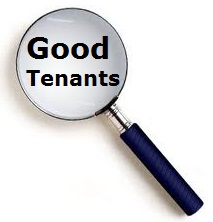



Local Law 33 requires building owners in New York City to display a letter grade similar to what restaurants have been doing for years beginning in 2020. These letter grades markedly denote a building’s energy efficiency score. Specifically, the letter grades are based upon the Local law 84 Benchmark law.
In other words all buildings that must comply with the Local Law 84 benchmark law, will be required to display the Energy Grade.

The Energy Star score ranges from 1 to 100. In short it is generated from a Local Law 84 submission into the US Portfolio Energy Manager website.

| ENERGY STAR Score | Energy Grade under LL33/2018 |
| 90-100 | A |
| 50-89 | B |
| 20-49 | C |
| 1-19 | D |
| No data Submitted | F |
| Exempted building | N |

Prior to beginning a plan to increase your score, consider scheduling an appointment with us. To begin with we can help you raise your building’s grade. Most notably, we may be able to secure cash incentives or rebates for you.
The original version of Local Law 33 only required the A to F grade and not the ENERGY STAR score.
Indeed a score above 90 means the building is among the top 10% of performers. Nevertheless, energy efficiency measures boost the ENERGY STAR score, and this is a visible improvement in the grading system.
To conclude, buildings do not get fined for having a low score. However if they do not place the grade in a visible location, the building can be subject to violations and fines.
Obviously a low grade does not prevent a building from operating. Nevertheless it can have a negative effect on business. To illustrate, here are some examples:

All things considered, the demand for residential and commercial spaces in “A” buildings will be high. As has been noted “A” Buildings will have lower energy costs leading to less burden on the Tenants. Whereas building owners typically can charge premium rents if the building is energy efficient. To put it another way, landlord’s could offer premium rents if those rents will be offset by lower energy costs.
